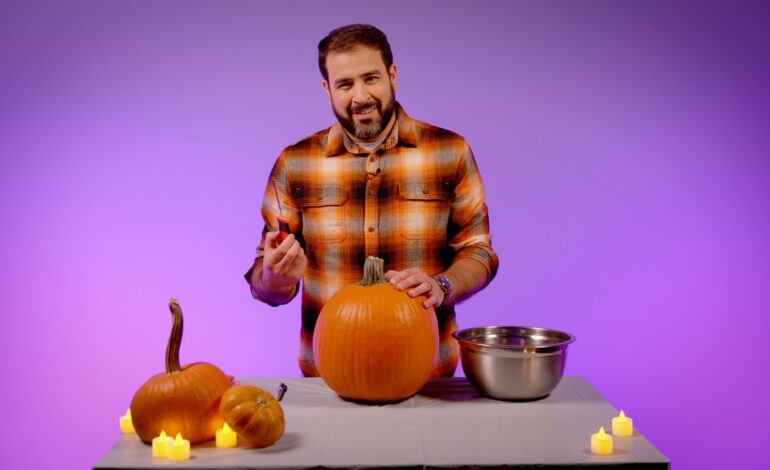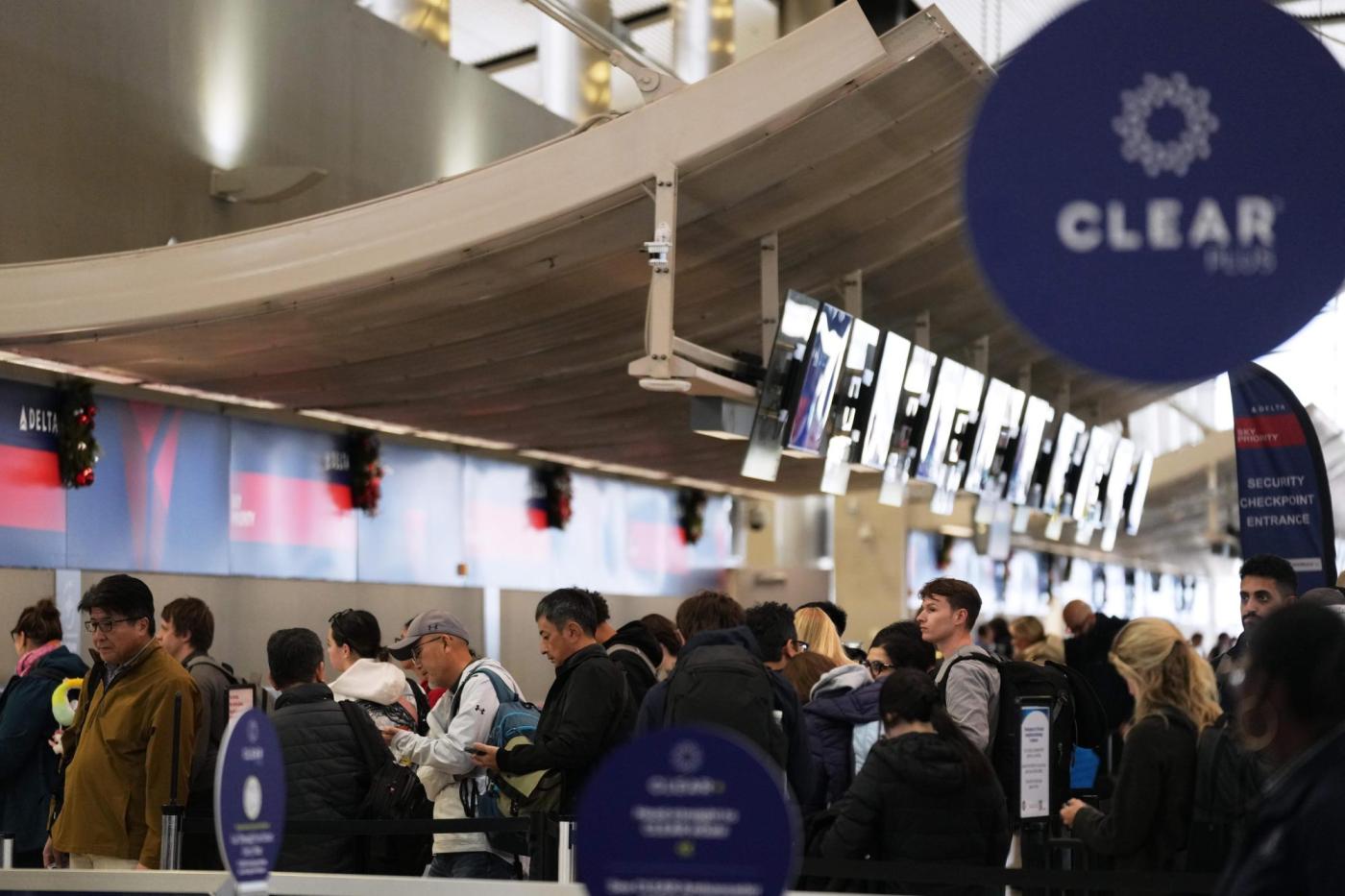Halloween Injuries Surge: How to Keep Kids Safe on October 31

Halloween may be synonymous with fun and festivities, but it also brings an alarming rise in emergency room visits. Each year, thousands of individuals suffer Halloween-related injuries, with the US Consumer Product Safety Commission estimating that approximately 3,200 people are treated in emergency departments annually. Of those, around 1,400 are children, highlighting the need for increased safety awareness during this spooky season.
One of the most surprising causes of injuries is pumpkin carving. According to Dr. Leana Wen, an emergency physician and adjunct clinical associate professor at the George Washington University, more than half of Halloween-related ER visits involve injuries from this activity. Adults often require stitches when a knife slips while cutting through a pumpkin’s tough skin, while children risk deep cuts if they reach across the carving area at an inopportune moment. Such injuries can be severe enough to necessitate tendon repair surgery.
Falls are another significant contributor to Halloween injuries, accounting for roughly 25% of cases. These incidents commonly occur during trick-or-treating, where unfamiliar roads, long costumes, and dim lighting increase the likelihood of accidents. Furthermore, injuries may arise from setting up or taking down decorations. While less frequent, incidents related to decorations, costumes, and food allergies also warrant attention. Candles inside pumpkins can ignite flammable materials, leading to burns, while certain candies may trigger severe allergic reactions.
The risks extend beyond individual injuries; motor vehicle accidents also see a spike on Halloween. A 2019 study published in the journal JAMA Pediatrics analyzed over 40 years of national crash data, revealing that pedestrians are nearly twice as likely to be struck and killed by vehicles on Halloween night compared to other days. The highest risk is among children aged 4 to 8, who are ten times more likely to suffer fatal accidents while walking on Halloween evening. The study attributes this increase to heightened pedestrian activity during trick-or-treat hours, coupled with reduced visibility.
To mitigate risks, Dr. Wen recommends several practical steps for families participating in Halloween festivities. First and foremost, traffic safety is crucial. Parents should ensure young children are accompanied by an adult and encourage them to use sidewalks or paths instead of walking in the street. Visibility is compromised at night, making it essential to cross at corners and look both ways. Costumes should fit properly to prevent trips and falls. Avoiding baggy or overly long outfits reduces hazards while ensuring masks do not obstruct vision or breathing is vital; using makeup or face paint is a safer alternative.
Visibility is a key factor in preventing accidents. Adding reflective tape to costumes or bags, choosing bright colors, and carrying flashlights or glow sticks can significantly enhance safety for trick-or-treaters. At home, using battery-operated candles or glow sticks in pumpkins and decorations eliminates fire risks. Keeping walkways clear of obstructions also helps prevent falls. For adults celebrating the holiday, planning for a designated driver is essential to avoid the dangers of drinking and driving.
Dr. Wen stresses the importance of supervising children during pumpkin carving. Unless they are already adept at using kitchen knives, it is safest to leave carving to adults. Children can still participate by scooping out pumpkin insides or drawing designs for adults to carve. Keeping sharp knives out of children’s reach is the best prevention against hand injuries. For added safety, using battery-operated candles in jack-o’-lanterns is recommended.
With Halloween treats in abundance, parents may wonder how much sugar is too much for their children. The American Academy of Pediatrics advises that children aged 2 and older should limit their intake of added sugars to no more than 25 grams (about 6 teaspoons) per day. For younger children, it is best to avoid added sugars entirely. One full-size chocolate bar contains around 20 grams of added sugar, nearly fulfilling the recommended daily limit for older children. While enjoying candy on Halloween is fine, parents can set limits to ensure it remains an occasional treat rather than a daily habit.
As Halloween approaches, it is essential for families to be proactive in ensuring a safe experience. By taking simple yet effective precautions, parents can help their children enjoy the excitement of the holiday while minimizing potential dangers.






